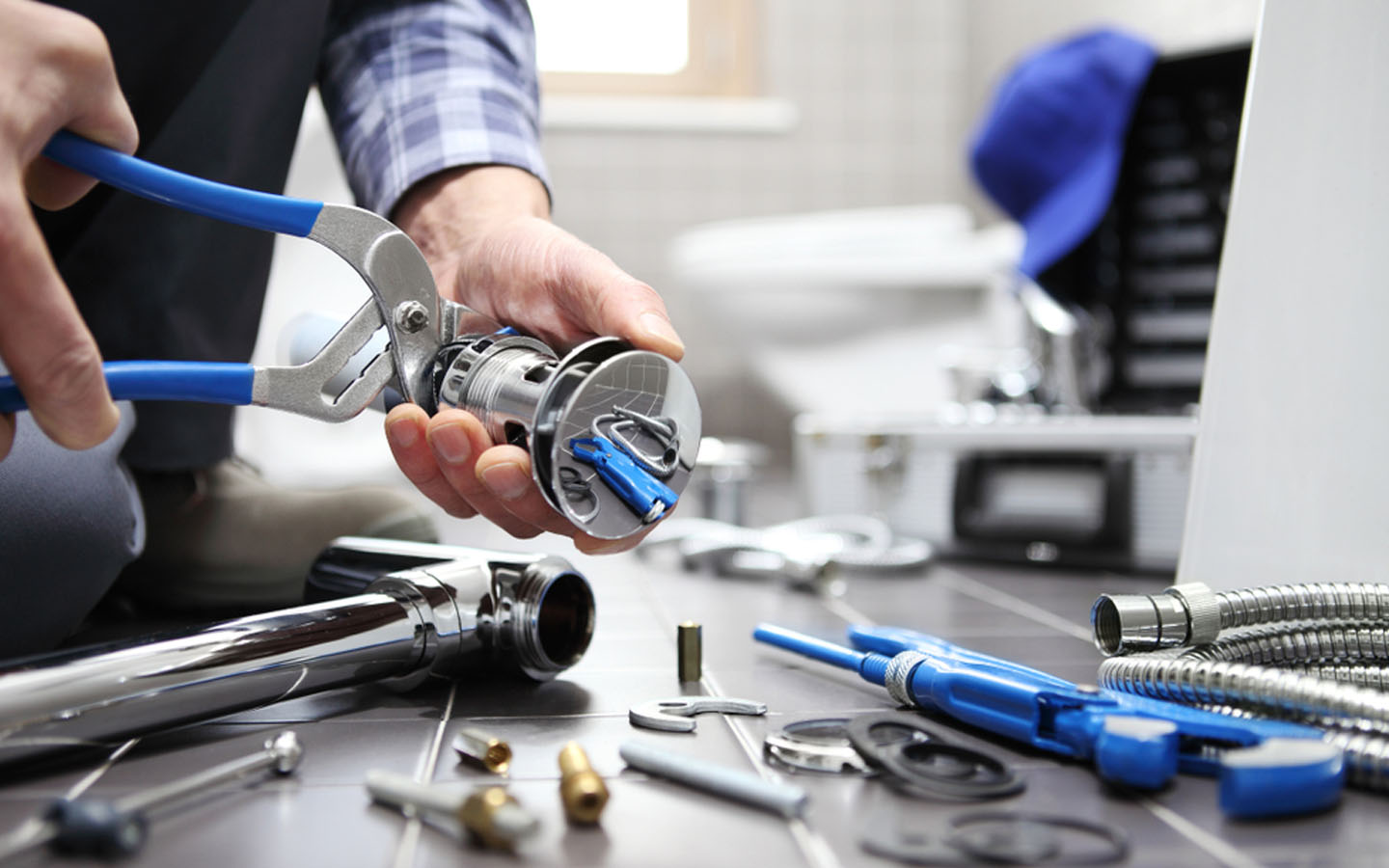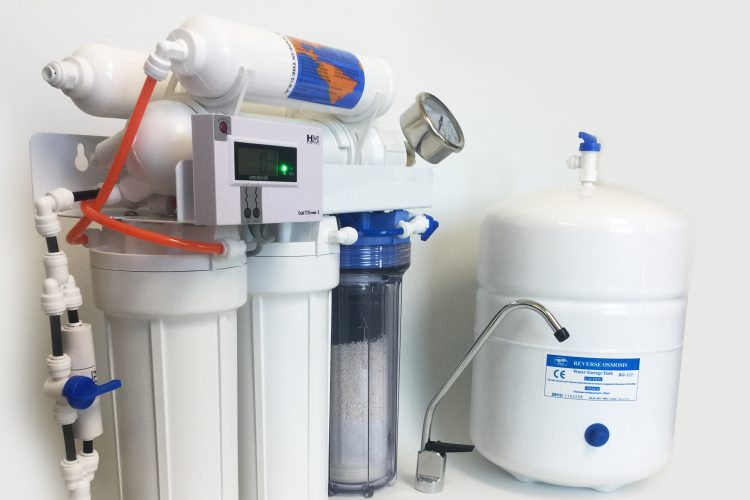
In innovative living, tiny houses are prominent as a symbol of maximum functionality within little space. These compact houses, often ranging from 100 to 400 square feet, creatively include every element of a traditional home, including plumbing. But how exactly does plumbing work in such confined residences? In this blog Let’s have a look into the complex world of tiny house plumbing such as plumbing services in Kuna to apprehend the mechanisms that ensure water flows smoothly and waste is appropriately managed. Plumbing services is a subtle balance between space management and its utility.
Tiny houses have a more complex approach as opposed to conventional homes with sufficient space for broad piping systems, in small houses every inch of available space is valuable, encouraging designers and constructors to implement creative solutions for water supply, drainage, and sanitation. Let’s understand it in detail.
Water Supply
In a tiny house, attaining water effectively is vital. Many tiny homeowners choose a moveable water tank system, which helps them to fill up at selected water stations or hook up to an existing water supply if parked on a fixed site. These tanks are usually kept under the floor or in closed cabinets to give maximum inside space.
To ensure a smooth flow of water, tiny houses are equipped with a water pump that presses the system and allows for constant water pressure at taps and showers. Some models even integrate water filtration systems to clean water directly from natural bases, reducing dependence on external sources.
Drainage
Handling wastewater in a tiny house necessitates careful planning to avoid blockages and maintain hygiene standards. Most of the small houses have a simple drainage system linked to a holding tank or directly to a sewer pipe but it depends on the location. Waste water, coming from sinks and showers, can often be recycled for non-drinkable uses such as watering plants or flushing toilets and hence further improving water usage.
To prevent bad smells and maintain cleanliness, tiny houses are fitted out with small yet efficient wastewater tanks that can be effortlessly emptied when they have been full. In addition, vents and traps that have been located purposefully help lessen the risk of sewer gases stop them from entering the living areas, and ensure a healthy atmosphere for residents.
Sanitation
Small house bathrooms may be small in size, but they are designed in a way to deliver maximum ease and security. Composting toilets have become popular in the tiny house community because of their space-saving design and environment-friendly structure. These self-reliant units break down waste into fertilizer, reducing the need for outdated sewage systems while producing nutrient-rich soil for planting. For those who choose a more conservative approach, compact flush toilets with combined tanks offer an easy experience without compromising space efficiency. Proper ventilation is vital for balancing air quality in tiny house bathrooms, with exhaust fans and windows helping to circulate fresh air and expel moisture.
Maintenance and Upkeep
Like other homes, tiny houses require consistent maintenance to keep plumbing systems in ideal condition. Constant inspections for leakages and blockages are crucial to prevent costly repairs and ensure continuous water flow. Many tiny residents take a hands-on approach to plumbing maintenance, learning basic troubleshooting techniques and investing in plumbing repair services to extend the life of their systems.
Some Tips For Tiny House Plumbing
From someone who did a lot of things wrong and a few things right, here are some of the best tiny house plumbing tips for when you build your own tiny house. Let’s discuss them in detail.
Plan before starting
An hour of planning ahead will save a ton of your time.
Save Venting
Venting your plumbing system is necessary, without it, your drain lines won’t drain properly.
Plan Exhaust Venting
Make sure that you have the appropriate space to exhaust your exhaust vents for your water heater, stove, and shower fans
Slope Drain Lines Properly
Drain lines need to be sloped in a particular way. If it is too shallow then you’ll have clogs, but if they are too steep your solids will not drain.
Not Leveling Your Tiny House
Ensure that your sink drains are proper and water is not pooling in them. A properly installed drain line will not work if the whole house is off-kilter.
Consider Freezing Lines
For the connection from your water source to your tiny house, insulate and use heater tape whenever possible.
Always Have Access
Ensure that you always have a way to access the water lines in your tiny house.
Don’t use Fittings or Tubing again
If you have to undo a fitting for some reason, it is best practice to change the tubing and fitting altogether. Many builders will say their fitting can be reused a few times and others don’t mind using the same fittings again, but it is always better to buy a new fitting for peace of mind.
Conclusion
In conclusion, plumbing in a tiny house is a testament to ingenuity and efficiency, combining space-saving solutions with essential amenities for modern living. By embracing innovative technologies and thoughtful design principles, tiny homeowners can enjoy all the comforts of home without sacrificing sustainability or functionality. Whether it’s sourcing water, managing drainage, or maintaining sanitation, tiny house plumbing exemplifies the art of doing more with less to pursue a simpler, more sustainable lifestyle.





